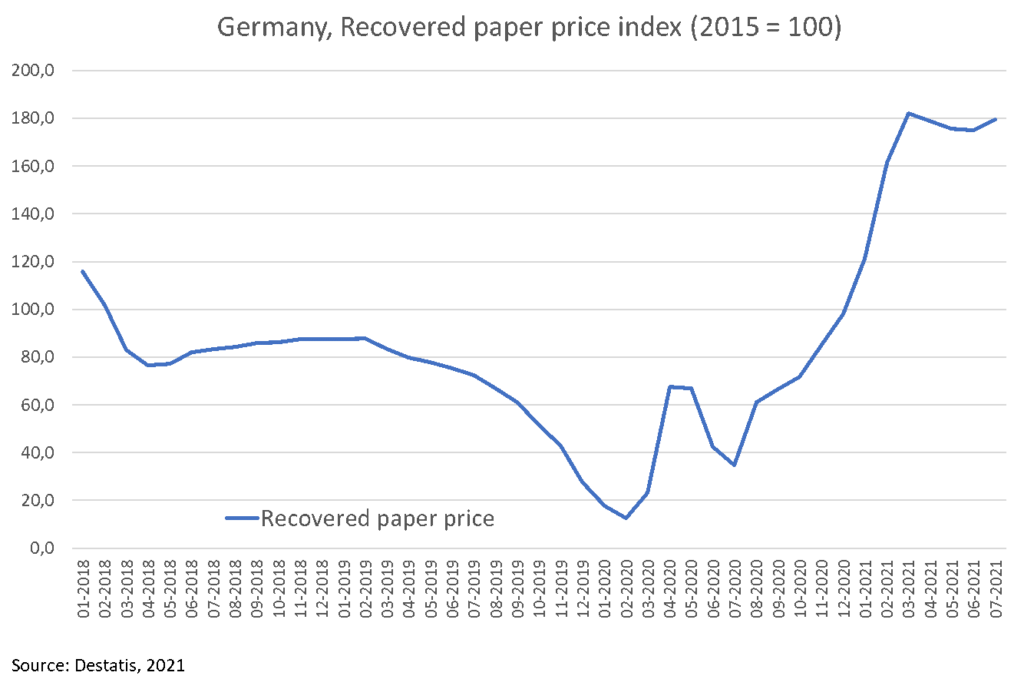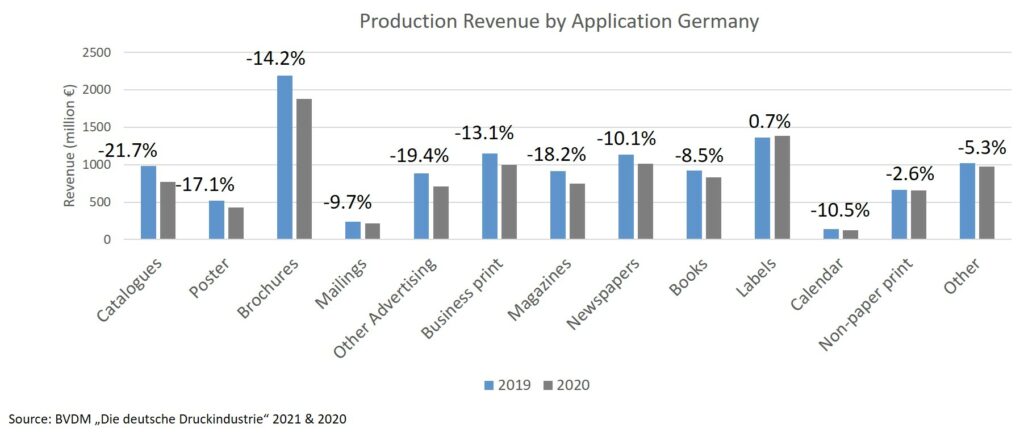Where are paper prices heading
Paper used to be a major consideration in print all along. The importance increased considerably in recent years, however. Not only did the printing industry experience supply shortages, also the prices increased drastically. This has a major impact on what media executives are ordering – specifically print or an electronic alternative. These shifts are usually not done on short notice, rather they need to filter through a marketing or corporate strategy. Accordingly, it is important to see where are paper prices heading in the mid term to gauge the impact.


